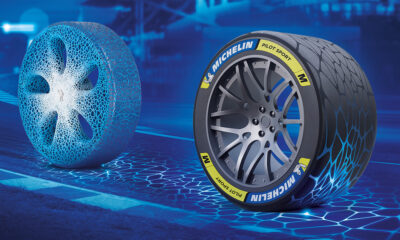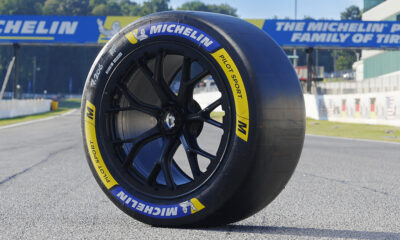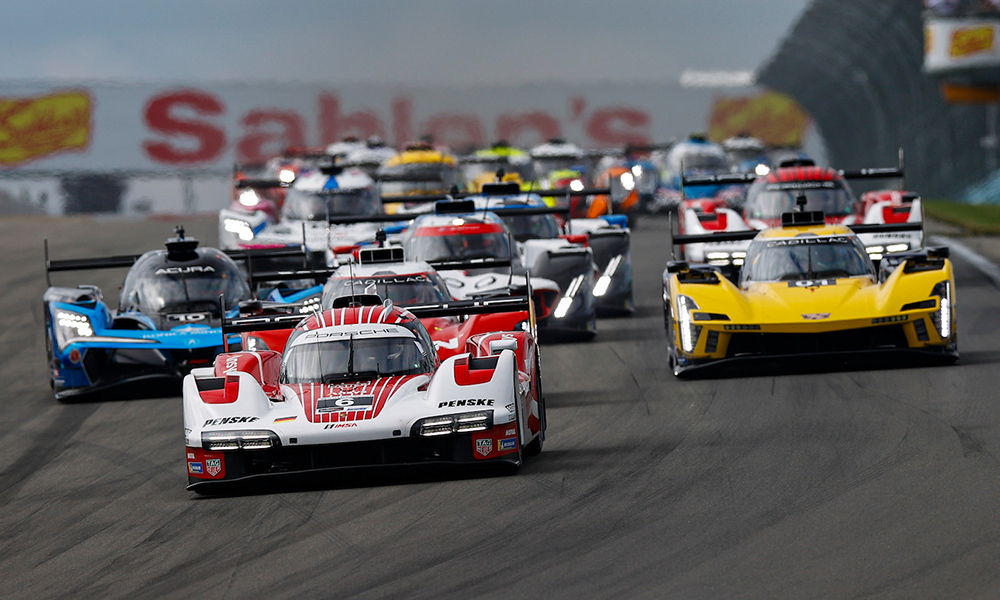
Photo: Jake Galstad/IMSA
IMSA WeatherTech SportsCar Championship endurance racing is not for the faint of heart, or body. The 58 hours comprising the Michelin Endurance Cup competition represents more race time in five races than the entire 24 race F1 season.
The first Michelin Endurance Cup races featured 24 hours at an ultra-fast, high load, high banked super speedway, with low temperatures (Daytona), followed by 12 hours at a very fast, flat, but extremely bumpy (Sebring) circuit.
The season now arrives at Watkins Glen, a fast, flowing, classic, old school, and technically demanding circuit with a range of turns, elevation, and high temperatures.
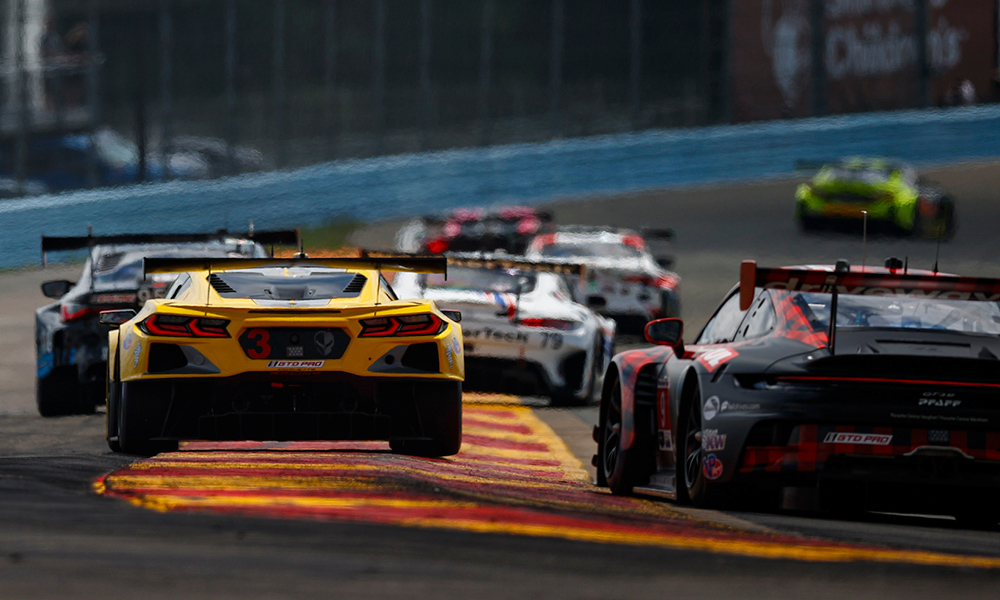
Photo: Jake Galstad/IMSA
A Six-Hour High Energy Sprint
The Sahlen’s Six Hours of The Glen presents the WeatherTech Championship teams with new challenges. It is the first Michelin Endurance Cup race of the season to feature elevation changes, all daytime running, and high temperatures.
“Watkins Glen is a classic, old school road course with long duration corners and big lateral loads, with the uphill to the Esses and downhill to the Boot,” said Michelin Motorsports IMSA WeatherTech series manager Hans Emmel
“The race traditionally produces hot weather and high track temperatures.
“It is fast and flowing with natural elevation changes and there are no ‘point and shoot’ corners like on street courses.”
At six hours, there is little time to recover from any mechanical, set-up or strategic issues and with the deep 56-car field on the 3.4-mile circuit, traffic and track position will be constant factors.
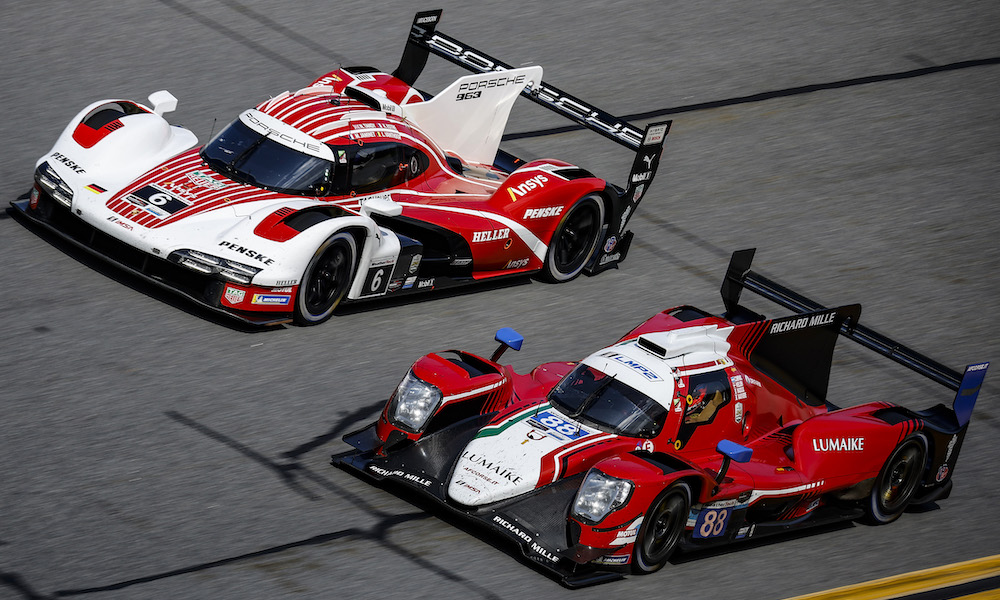
Photo: Mike Levitt/IMSA
Managing Tire Energy
Michelin engineers classify race circuits by the level of energy the circuit put into the tires. On that metric, only the high banks of Daytona International Speedway are on par with the high speed, long duration corners and big lateral loads at The Glen.
The ambient and track temperatures from the overnight run at Daytona in January are however far different than the temperatures typically encountered in the six hours.
At the temporary street circuit in downtown Detroit, teams tried to develop chassis and aerodynamic settings to increase energy in the tires. The opposite is true here at Watkins Glen.
“The GTP teams are extracting more performance in the second year of the car. We are providing GTP teams with a known tire, we will use the same hard compound specification that we ran here last year,” said Emmel.
“The teams will work with ride height, stiffness, roll and pitch, and traction control settings to find the balance on tires without using them up in the early laps. They want performance that lasts.”

Photo: Mike Levitt/IMSA
The Fab Five Michelin Endurance Cup Circuits
Each of the five Michelin Endurance Cup events this year presents distinct challenges to Michelin and IMSA teams, making the championship within the WeatherTech Championship an exceptional and comprehensive test of speed, endurance, versatility, and tires.
With 24 hours at Daytona, 12 hours of Sebring, a pair of six-hour events at Watkins Glen and Indianapolis Motor Speedway and the ten hours of Petit Le Mans at Michelin Raceway Road Atlanta, the Michelin Endurance Cup presents distinct challenges.
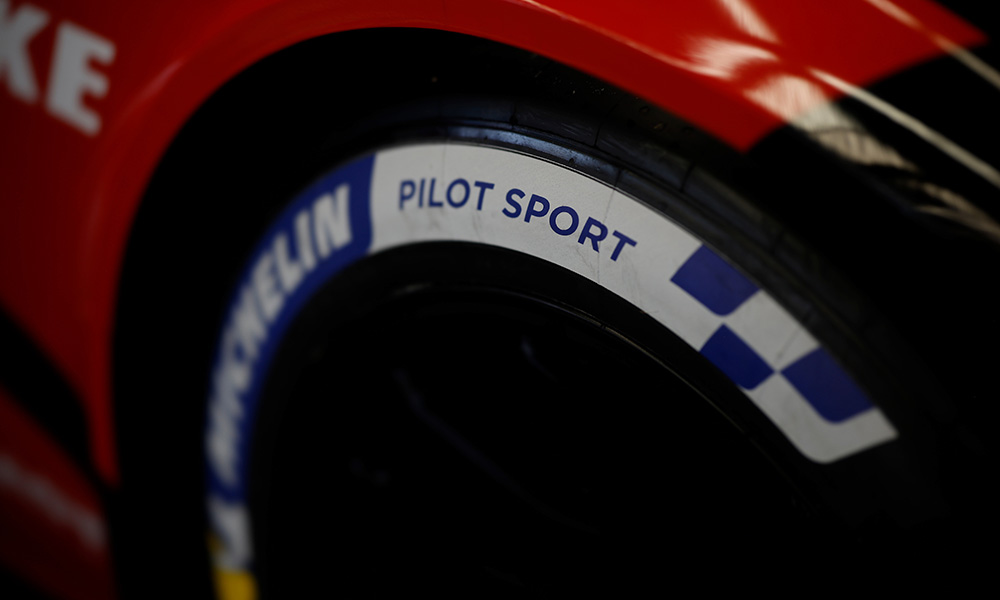
Photo: Michelin
Strategies, Allocations and Sustainability
Adding to challenges and complexity at the Watkins Glen circuit are the significant reduction in GTP tire allocations and the introduction of the new Michelin Pilot Sport Pro tires with reduced allocations for the GTD Pro and GTD classes.
The GTP entries are allocated ten sets for the entire weekend with seven of the sets available for qualifying and the race.
GTD and GTD-Pro entries are allocated nine sets of the new Michelin Pilot Sport Pro tires for the weekend.
The reduction in tire allocations is a key component of IMSA’s sustainability initiatives.
In 2023, the GTP season allocations were reduced by a total of 30 percent from the previous year. Beginning this year, the GT tire allocations have been reduced by 17 percent.




















